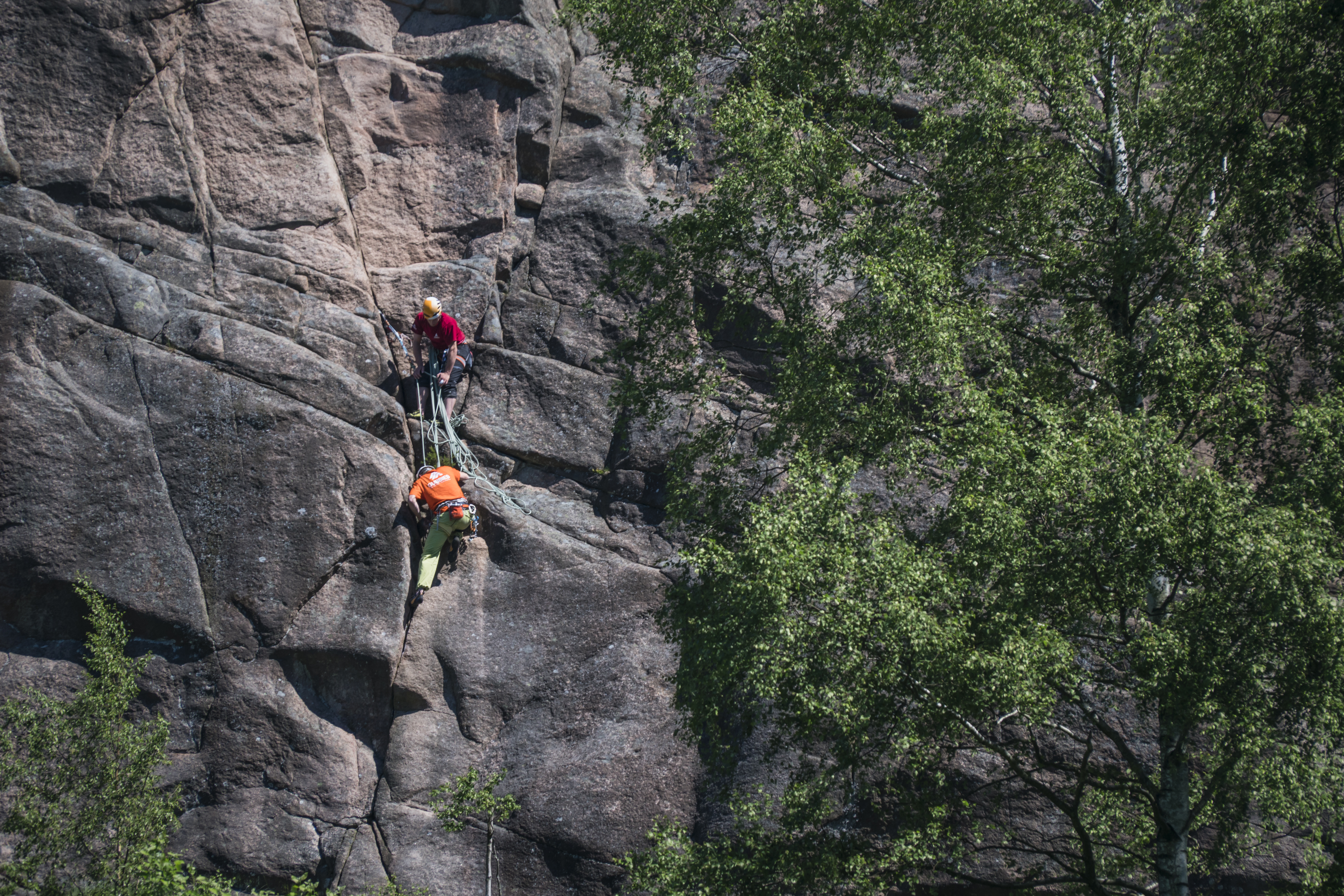When you go inside a climbing gym, you’re probably thinking “what did I get myself into?” The walls are painted in multiple colors, angled at different inclinations, and stopped at varying heights. This crazy maze did not come from pure imagination, for it is actually trying to emulate the actual rockformations we have for outdoor climbing (the color of course just adds a fun pop to it).
These walls can be defined by its angle or rock composition. It is relative in describing our walls, so we will break it down in this chart, and describe each one further.
The Slab
Characterized by its less than 90 degree angle, the slab is commonly made out of igneous and metamorphic rocks. Proper footwork is required when climbing this wall. You put pressure on your feet, then use your arms to balance yourself. It's okay to move slowly, as long as you are certain with your placement. A good sense of balance is vital as well.
The Vertical
This wall is loyal to its definition. The Vertical are walls that are angled at 90 degrees. Usually made of igneous, limestone, and metamorphic rocks. The Vertical requires an immense sense of balance, to be able to climb it successfully. Weight on your feet is essential as well, with your arms used sparingly for pull ups to prevent getting pumped. Make sure to optimize foot techniques like smearing and edging while you're at it.
The Overhang
Made out of limestone and volcanic rocks, The Overhang scares most, if not all beginner climbers. Angled more than 90 degrees, making it harder to climb since your body is naturally being forced down by gravity. This can be tricky, so it is important to have the great climbing technique ironed out - arms should be straight at all times, keep your hips close to the wall, and keep your core engaged throughout movements. Shake off your arms and rest in between (find a good resting point, a jug hold is great for this) to prevent falling out due to pumps.


















